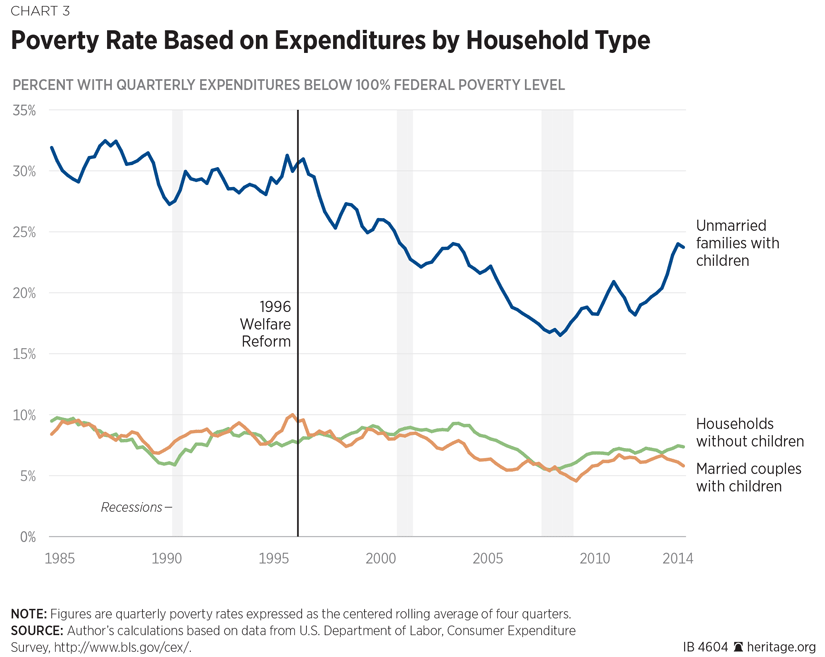

This measure of absolute poverty has a threshold equivalent to US$1.90 per person per day. The international standard for measuring poverty is the extreme poverty line. Absolute poverty is measured by the minimum amount of money required to meet basic needs, known as a poverty line. Poverty can be defined by a fixed value (absolute poverty) or by a value in relation to the rest of the population (relative poverty). It can be measured in economic terms (income, expenditure or wealth), or using other measures including social, nutritional and cultural (or even multidimensional measures). To live in poverty is to lack the resources needed to meet basic needs. (Both poverty lines are covered in this factsheet.) It gives a much more positive view of poverty trends than the World Bank’s US$1.90 per person per day extreme poverty line – which was updated in 2015. Uganda’s national poverty line was set in 1990 at between US$0.88 and US$1.04 per person per day (the variation depends on region).There has been no official publication of district and parish-level poverty statistics since 2014. There are gaps in Uganda’s poverty data, which is highly concentrated at national and regional level.There are also disparities between regions in non-economic proxies of poverty, such as sector performance indicators in education, health and WASH (water, sanitation and hygiene).Recent years have seen poverty headcounts increase in eastern, western and central Uganda. Falling poverty at the national level masks less positive regional trends.This grouping – people who are not poor but are vulnerable to poverty – are most likely to fall below the poverty line due to negative shocks, such as the effects of Covid-19.While the proportion of people defined as ‘poor’ has fallen, the proportion of people who live above the poverty line but remain vulnerable to falling below it has increased.Although poverty rates overall fell between 19, they rose slightly between 20.In 1993, 56.4% of the population was below the national poverty line, this decreased to 19.7% by 2013. Uganda remains among the poorest nations in the world despite reducing its poverty rate.


 0 kommentar(er)
0 kommentar(er)
